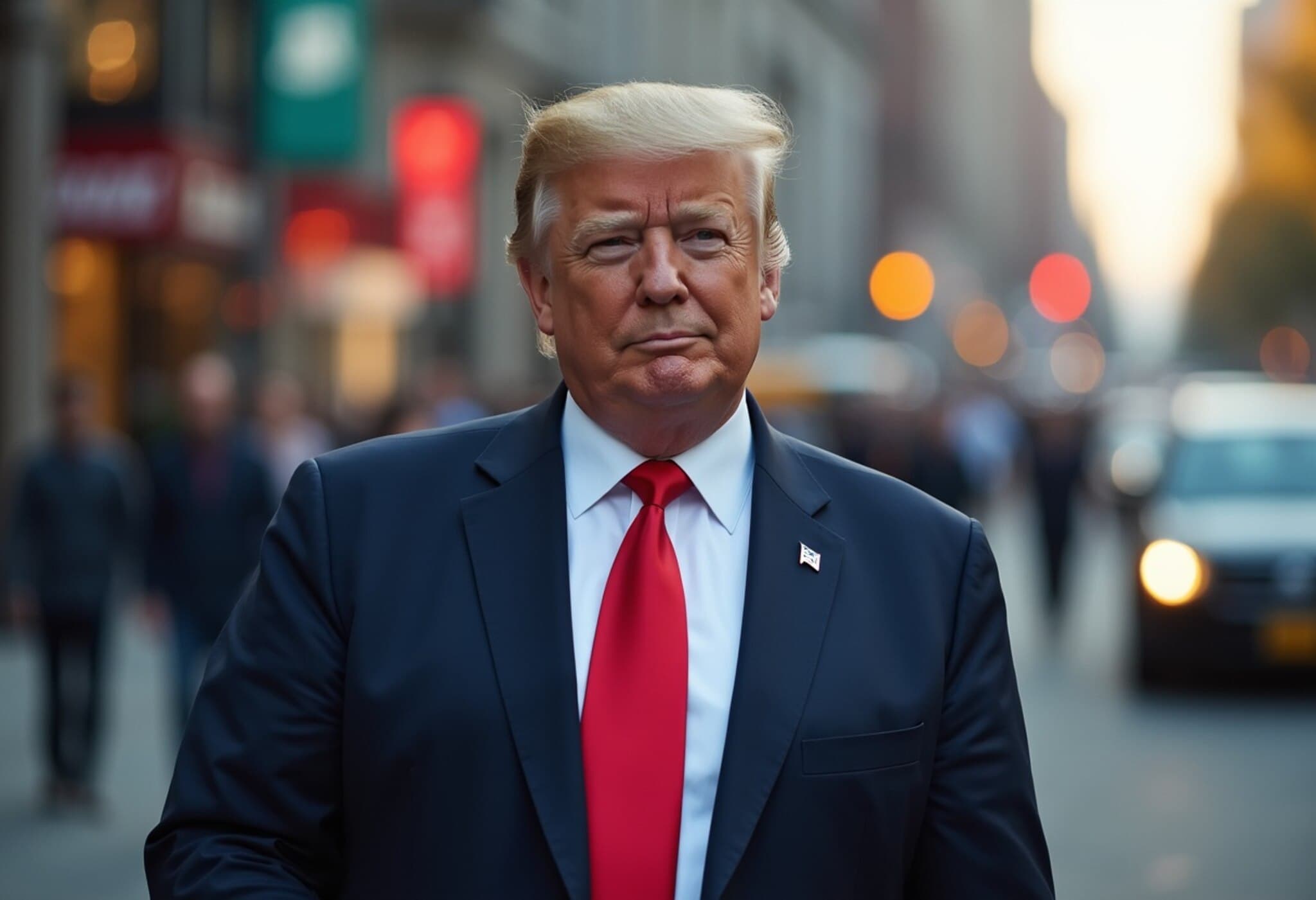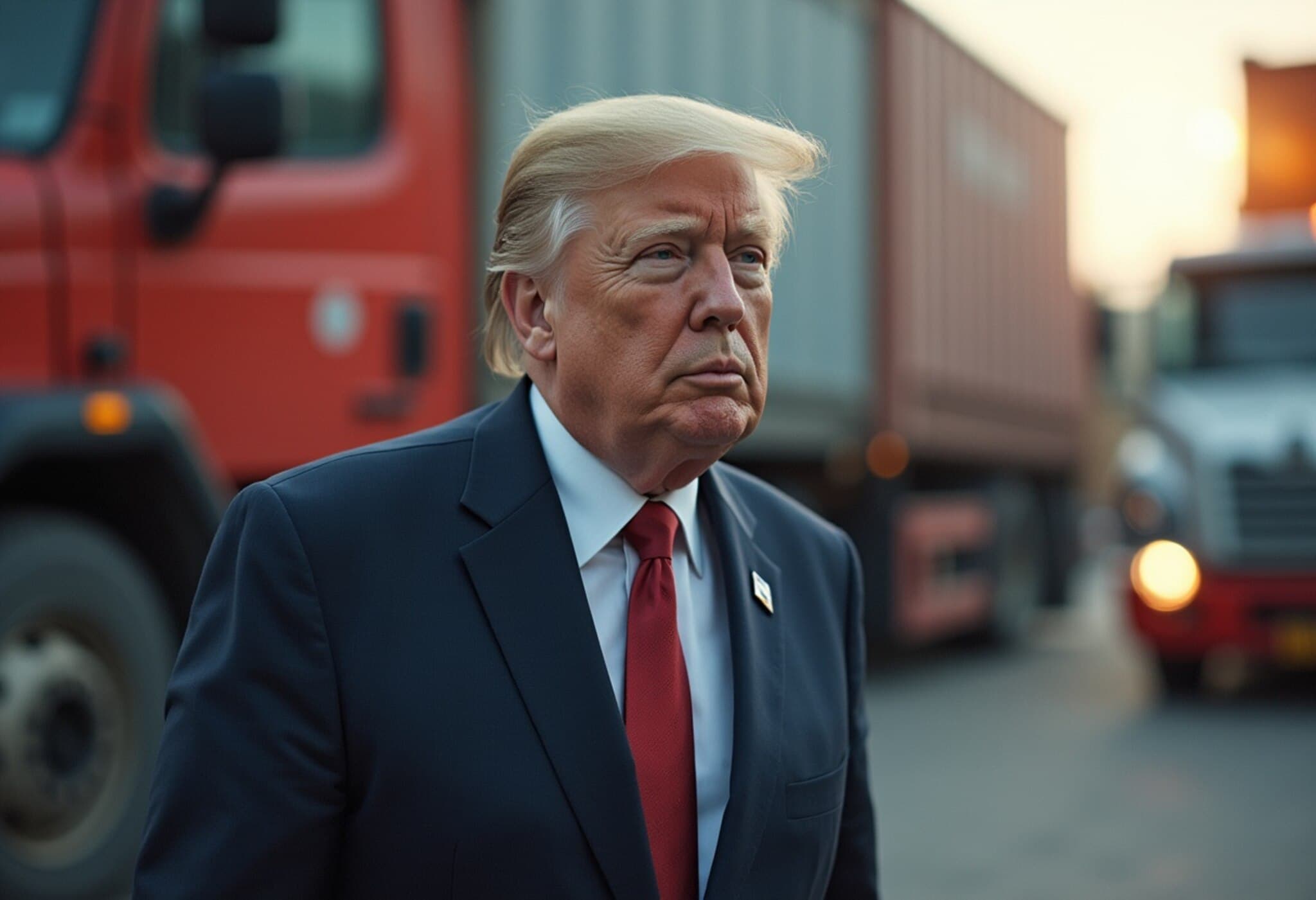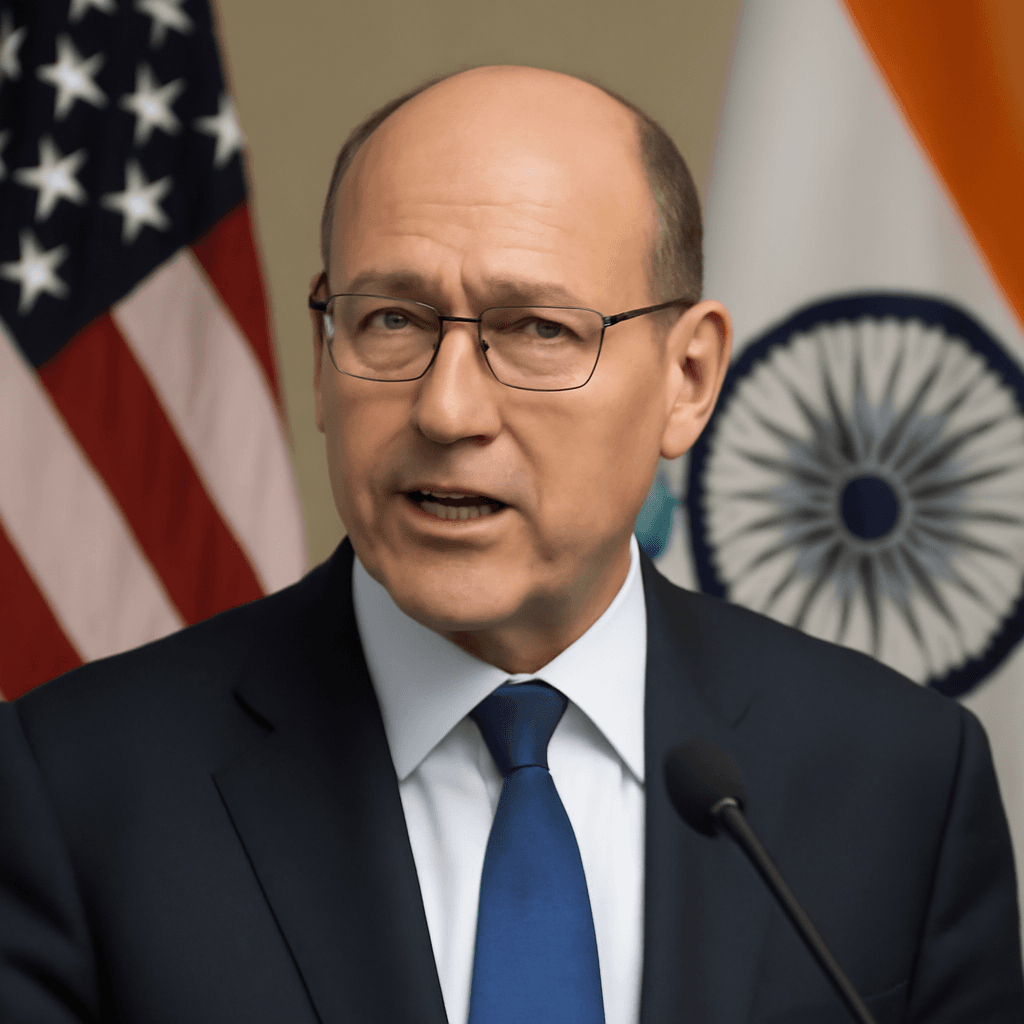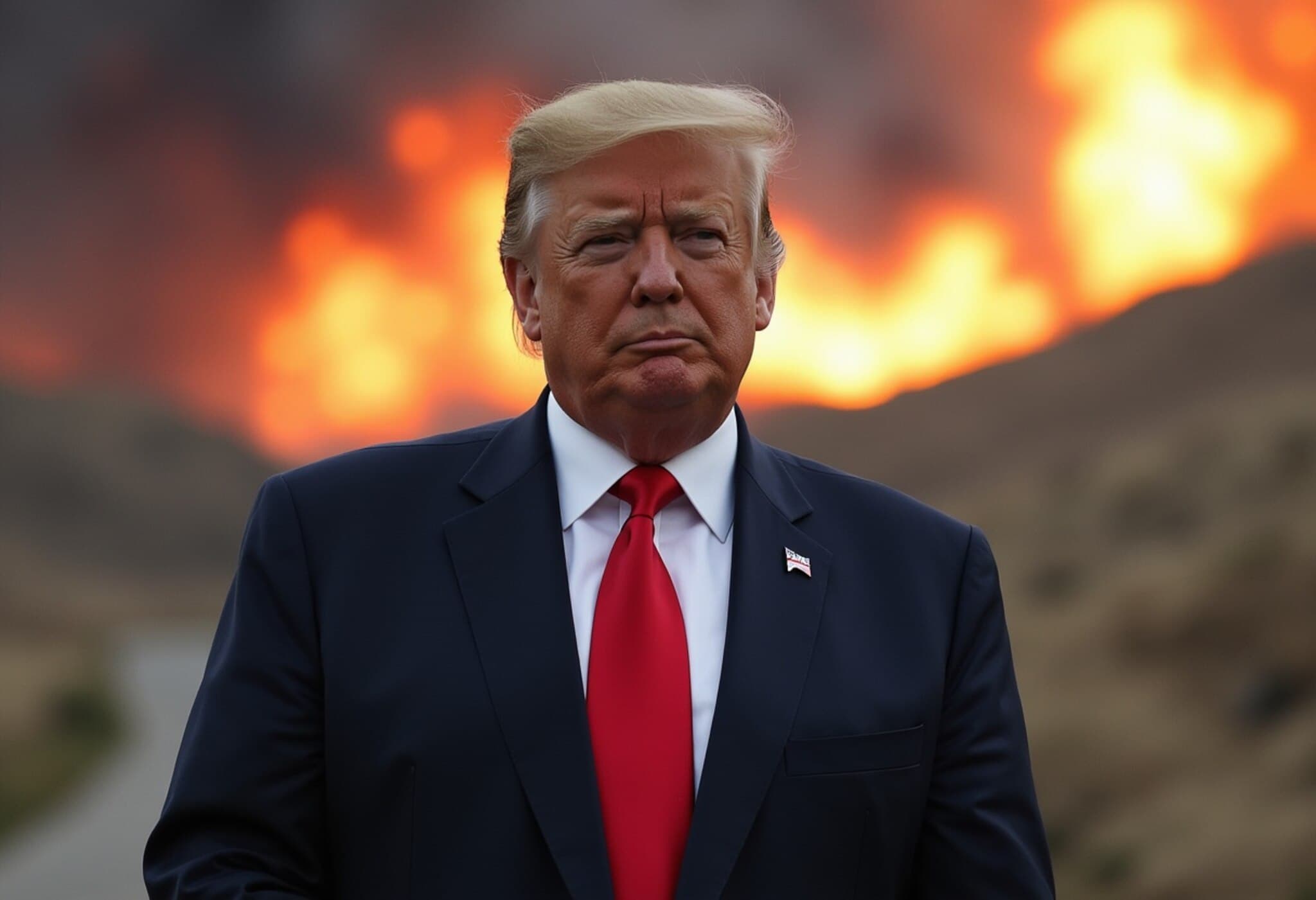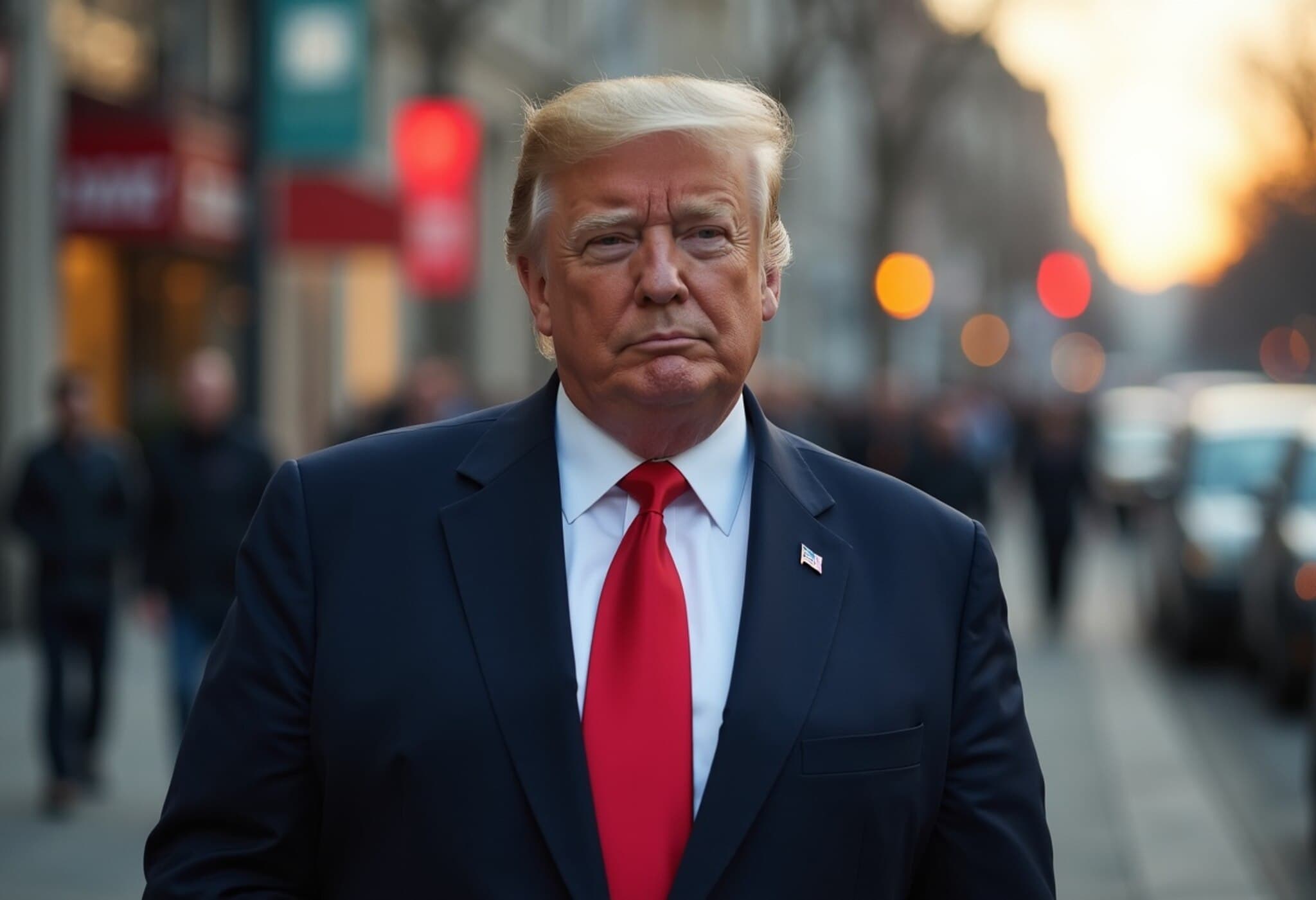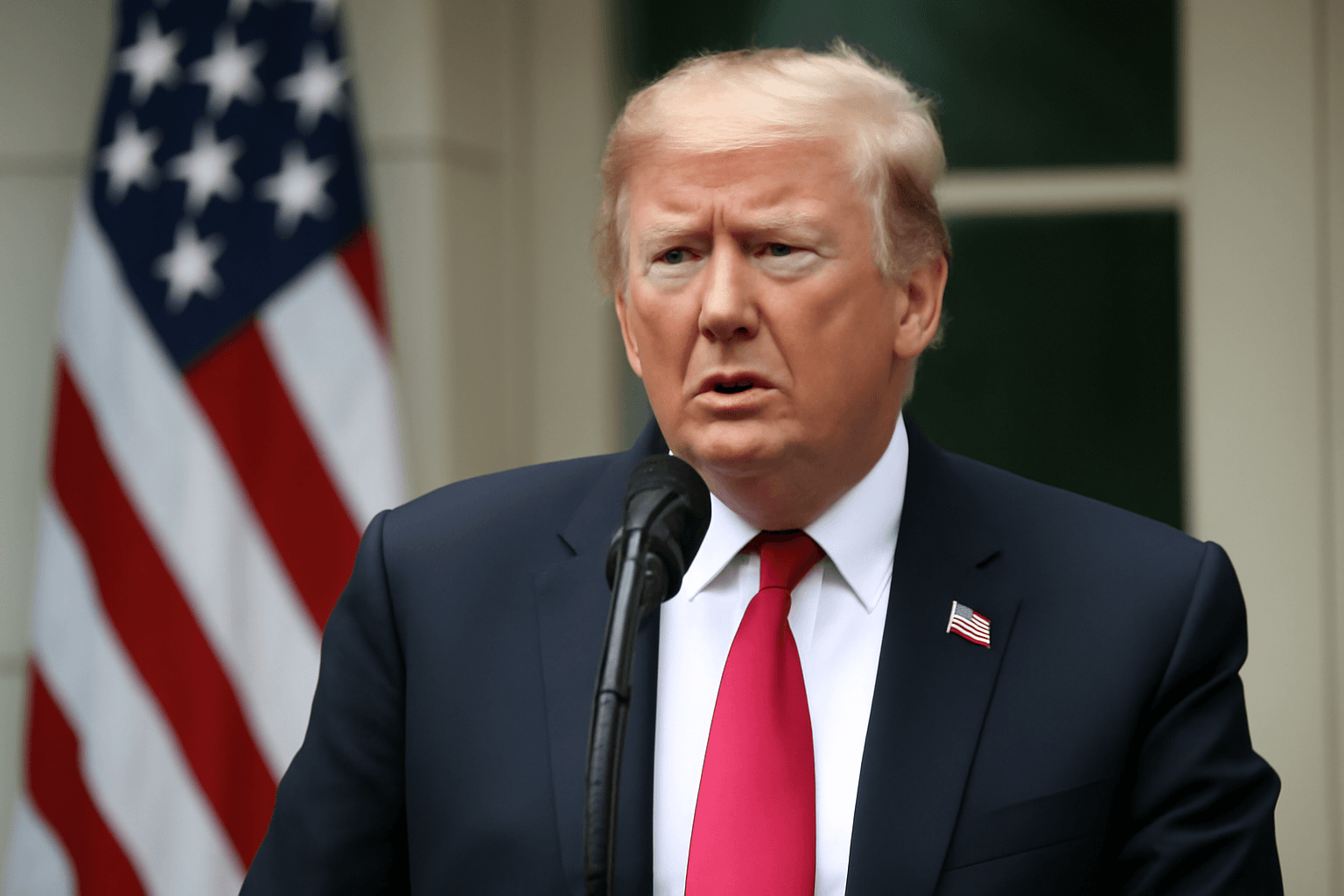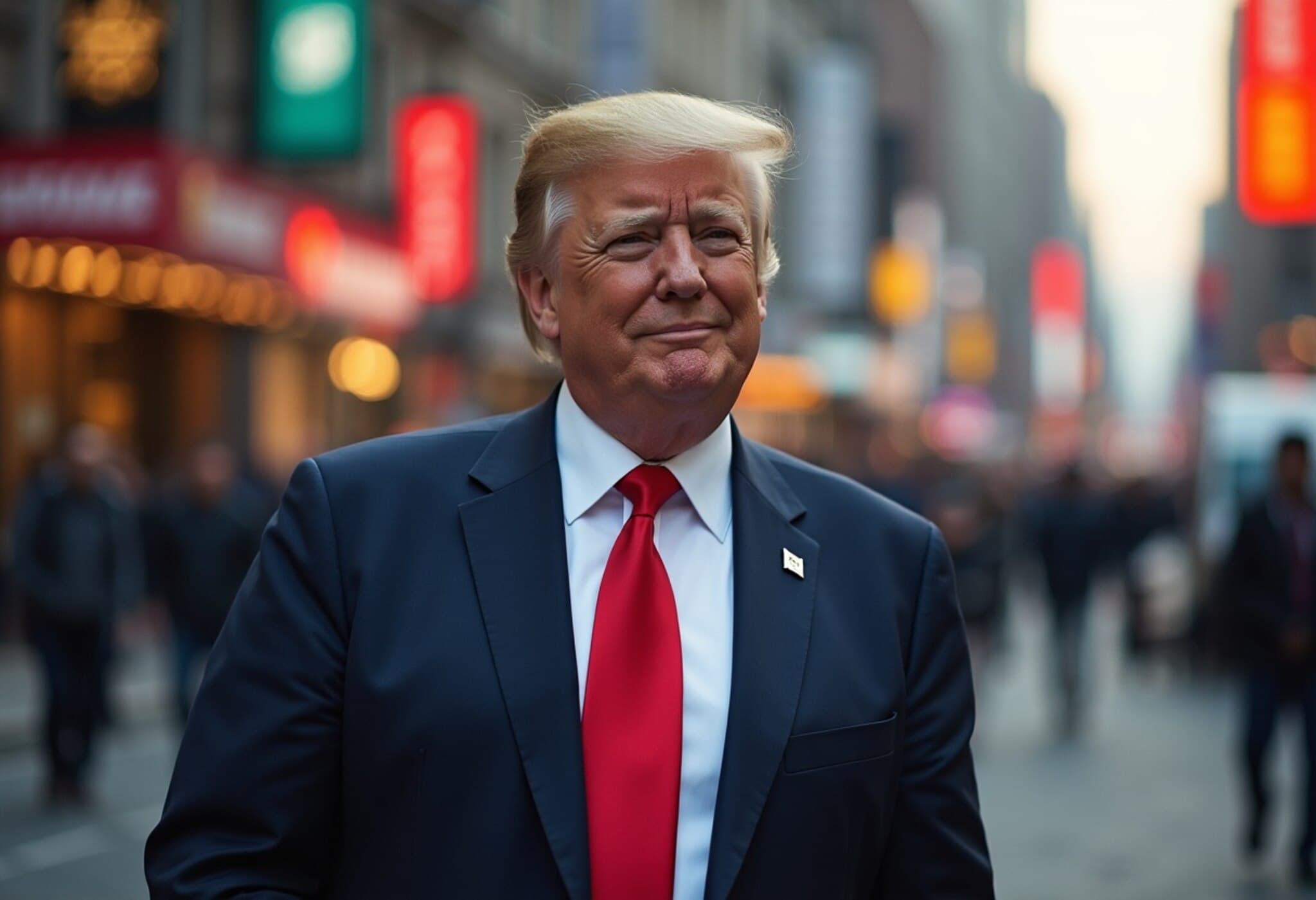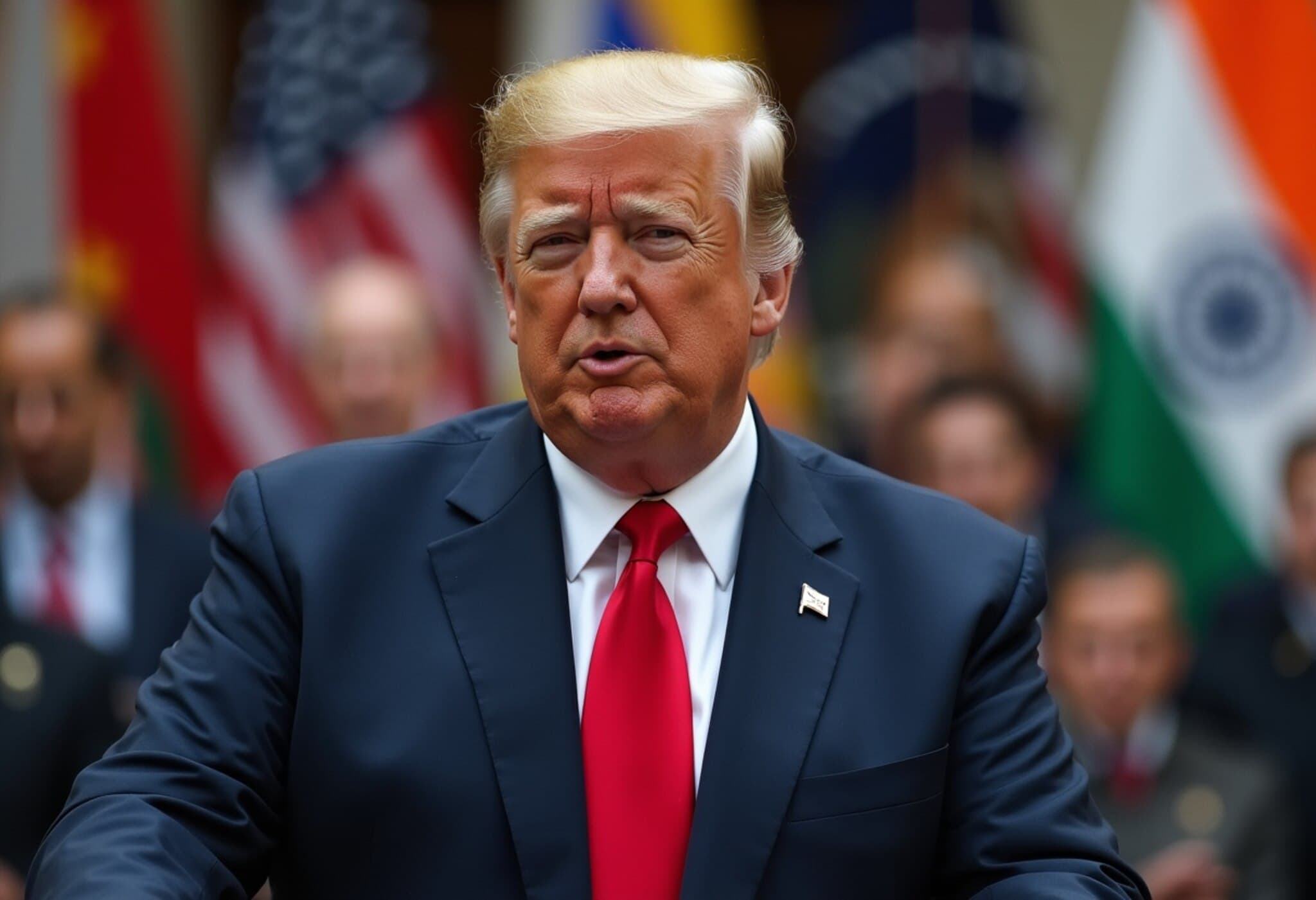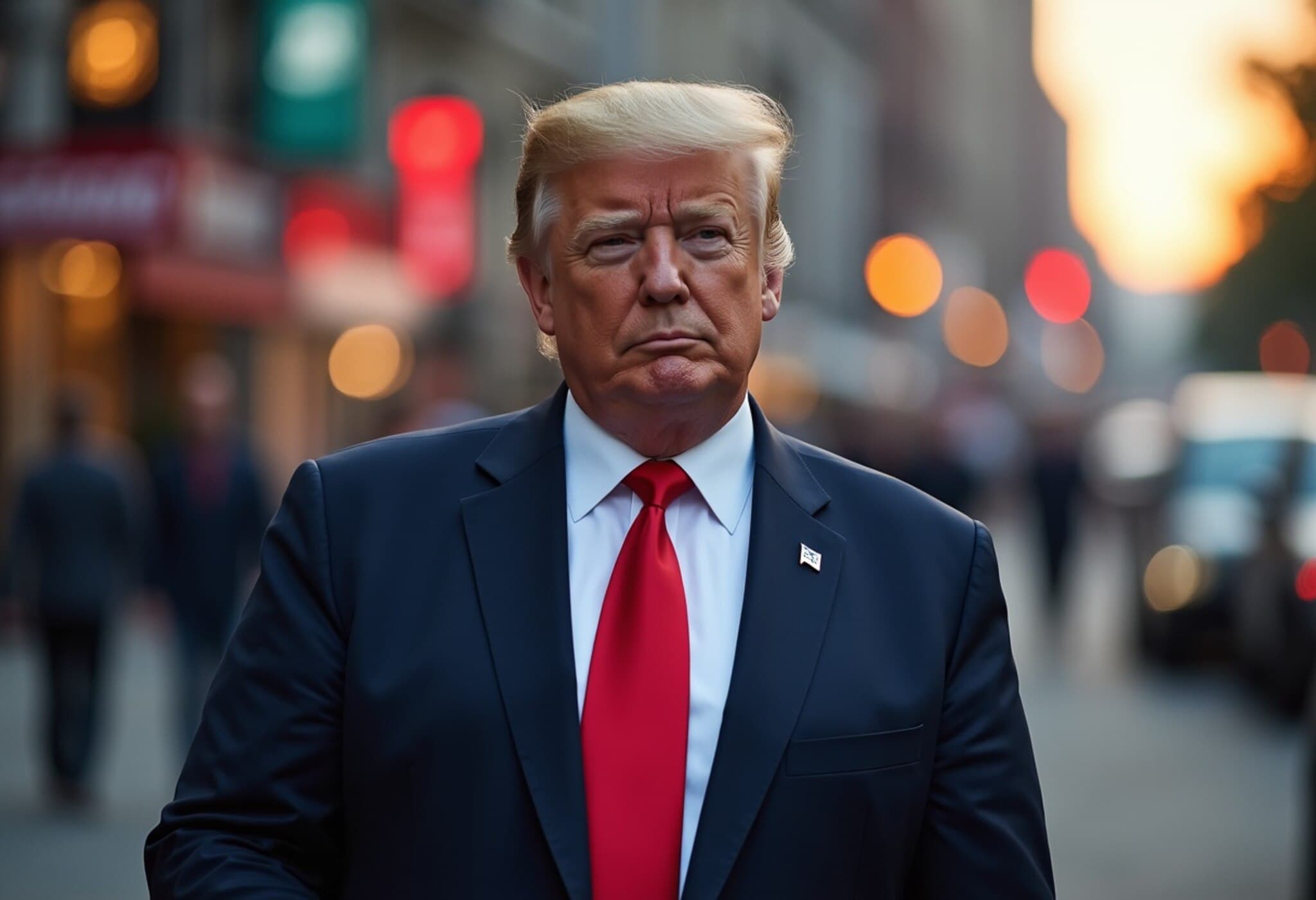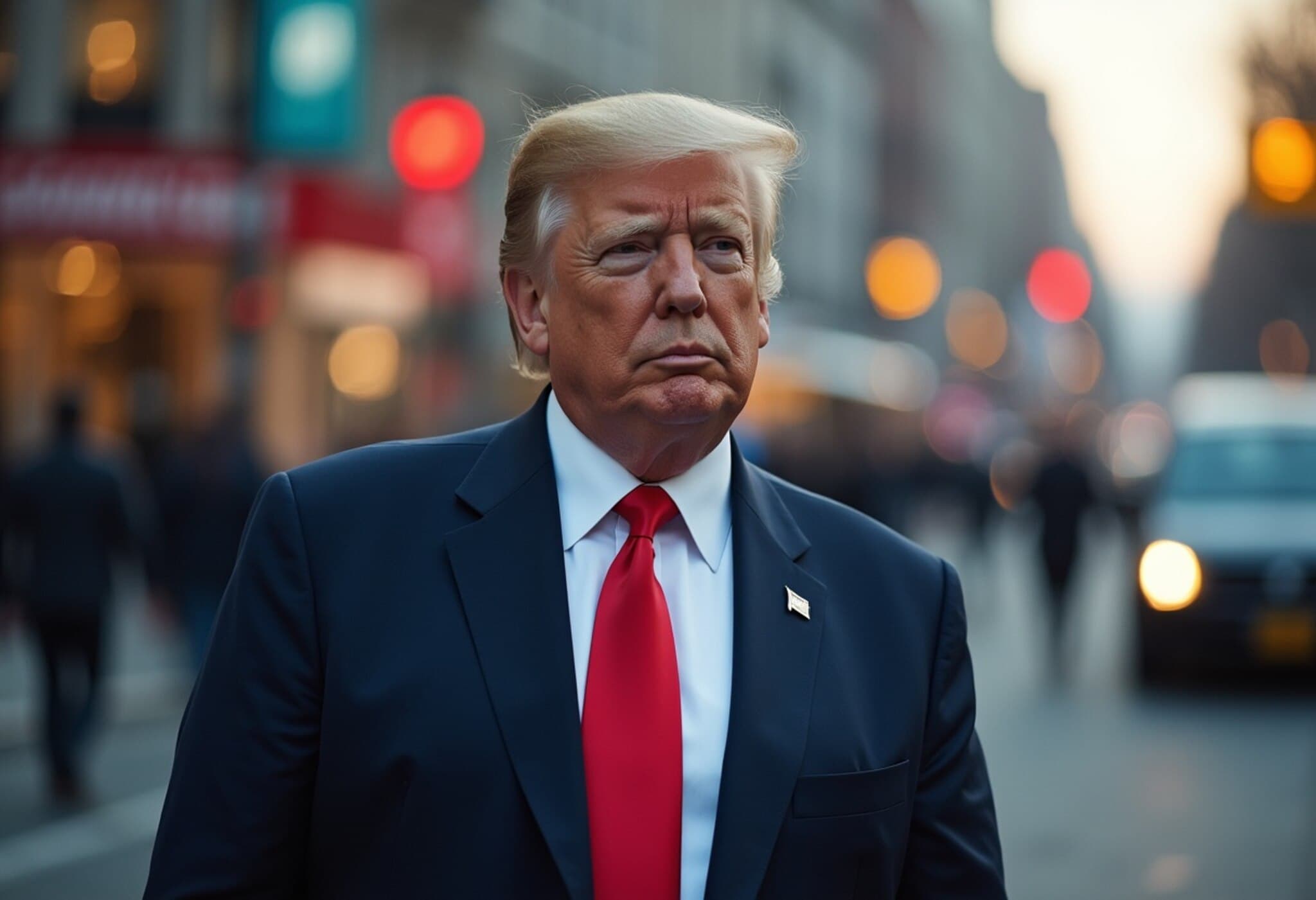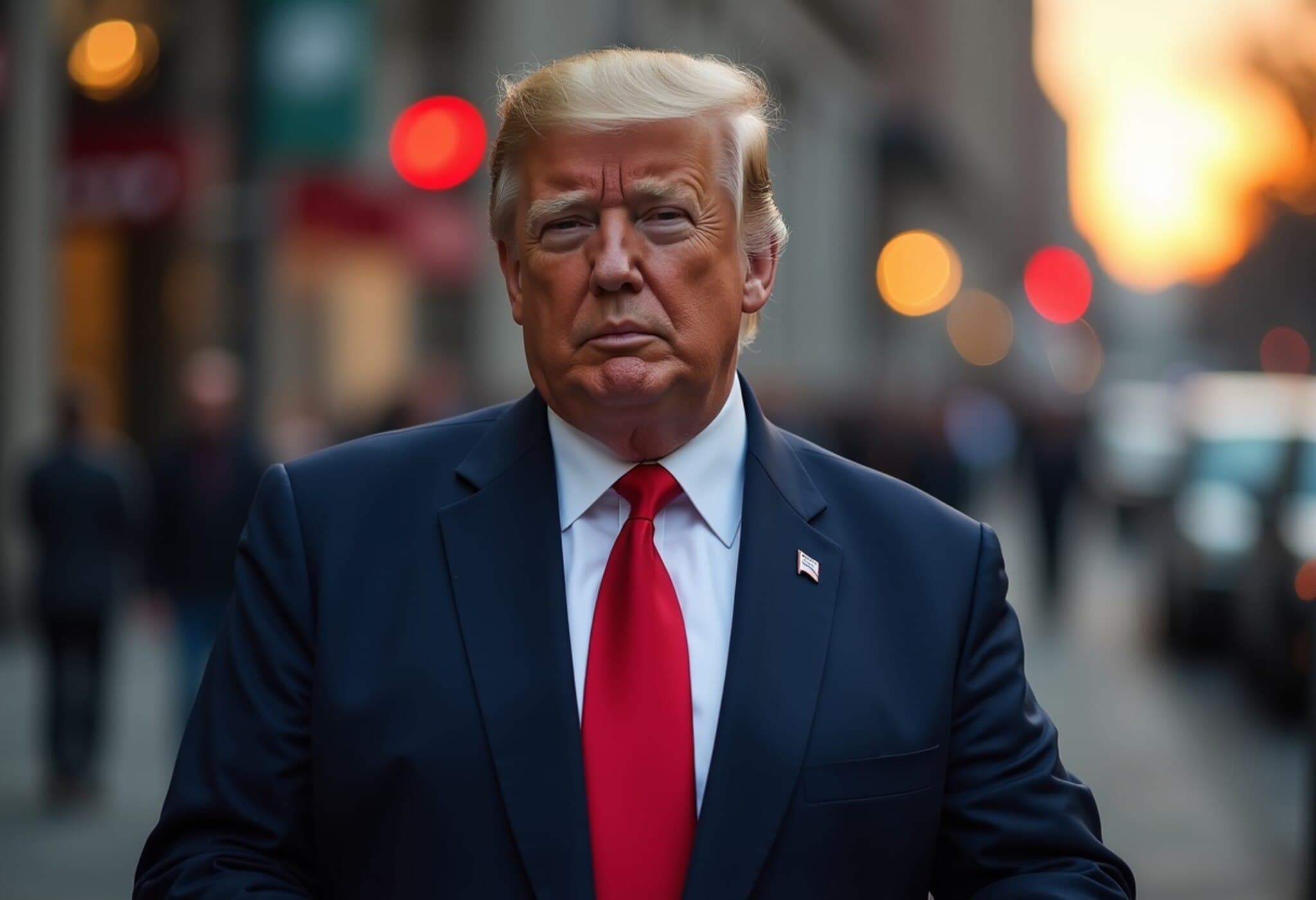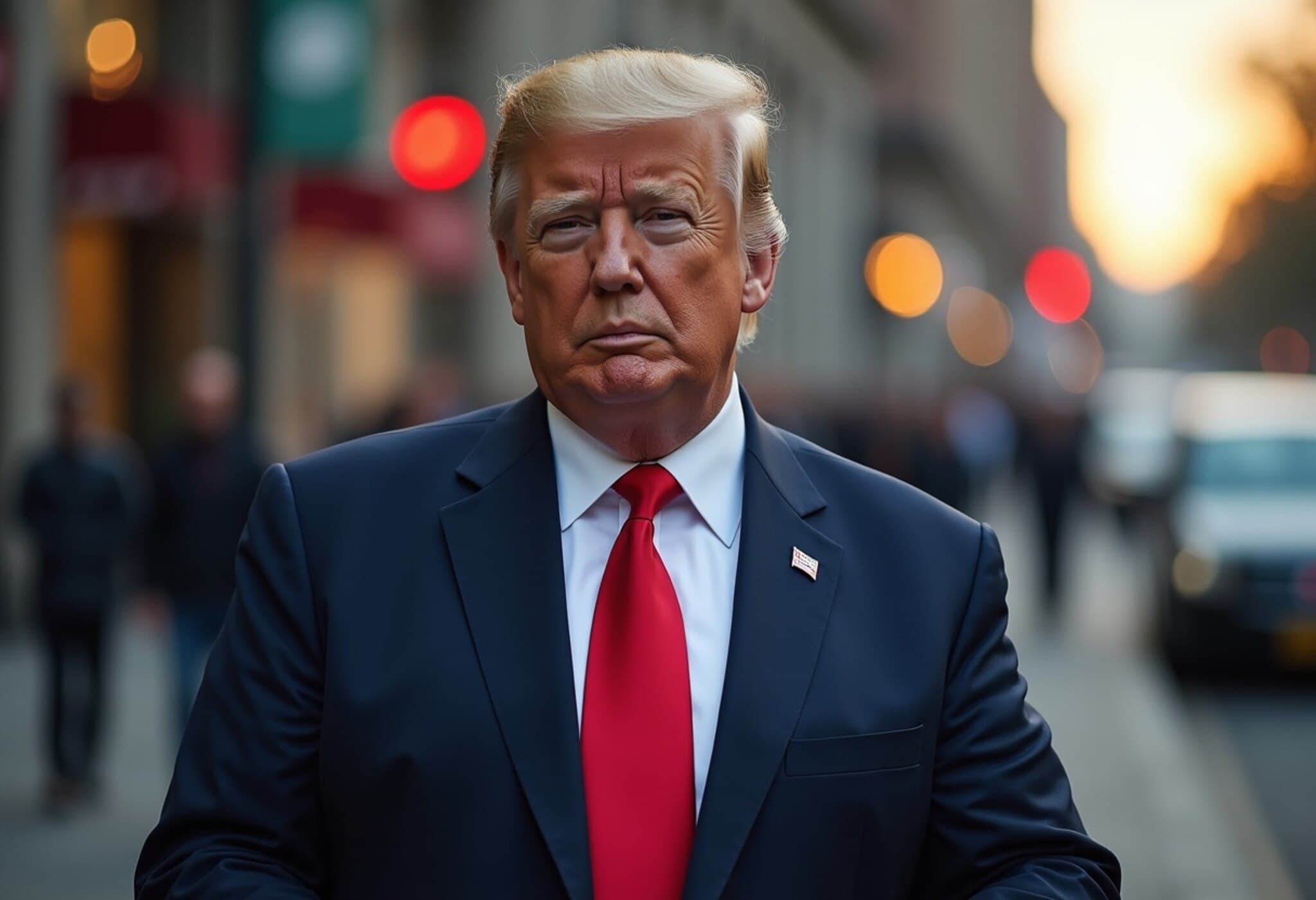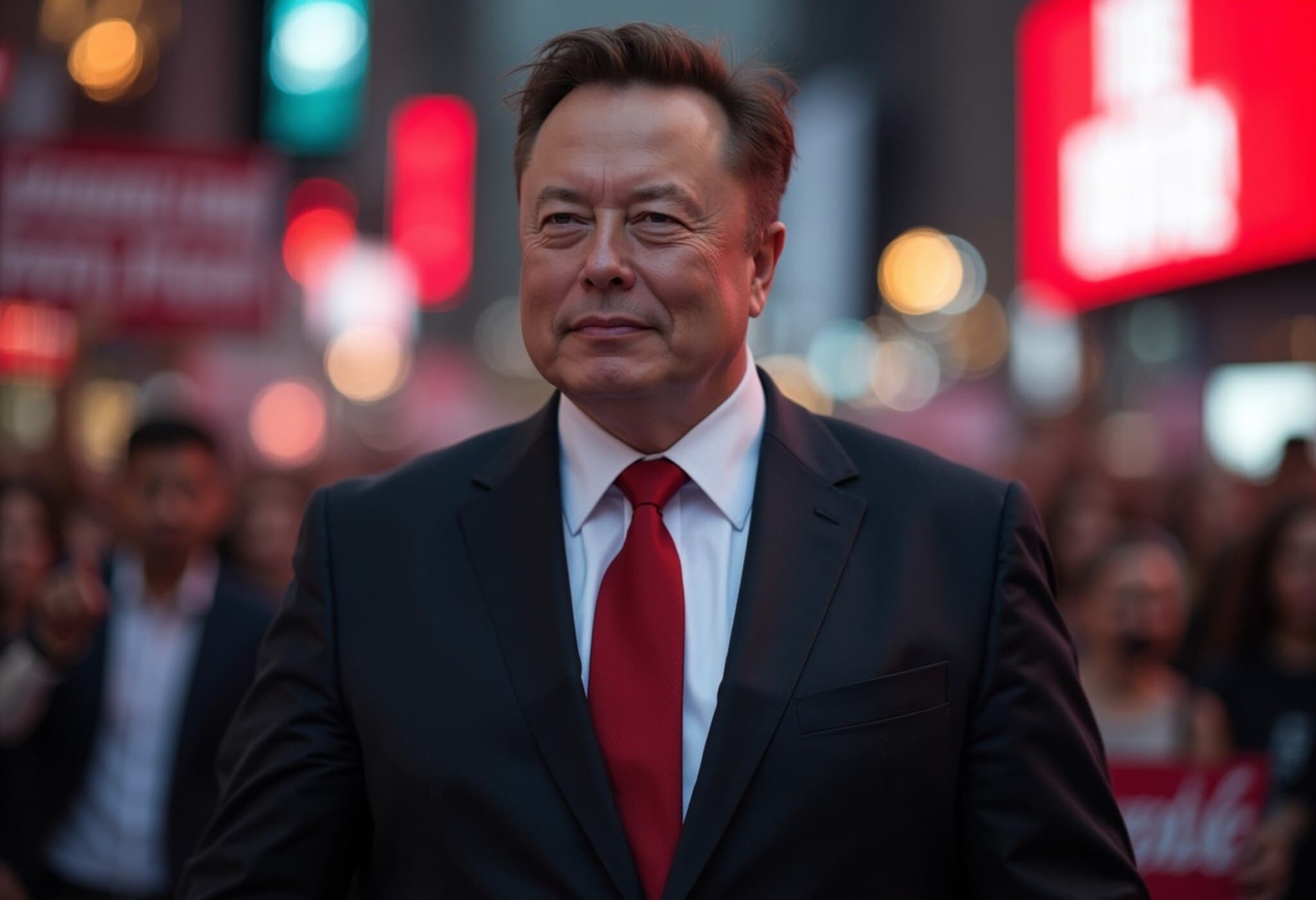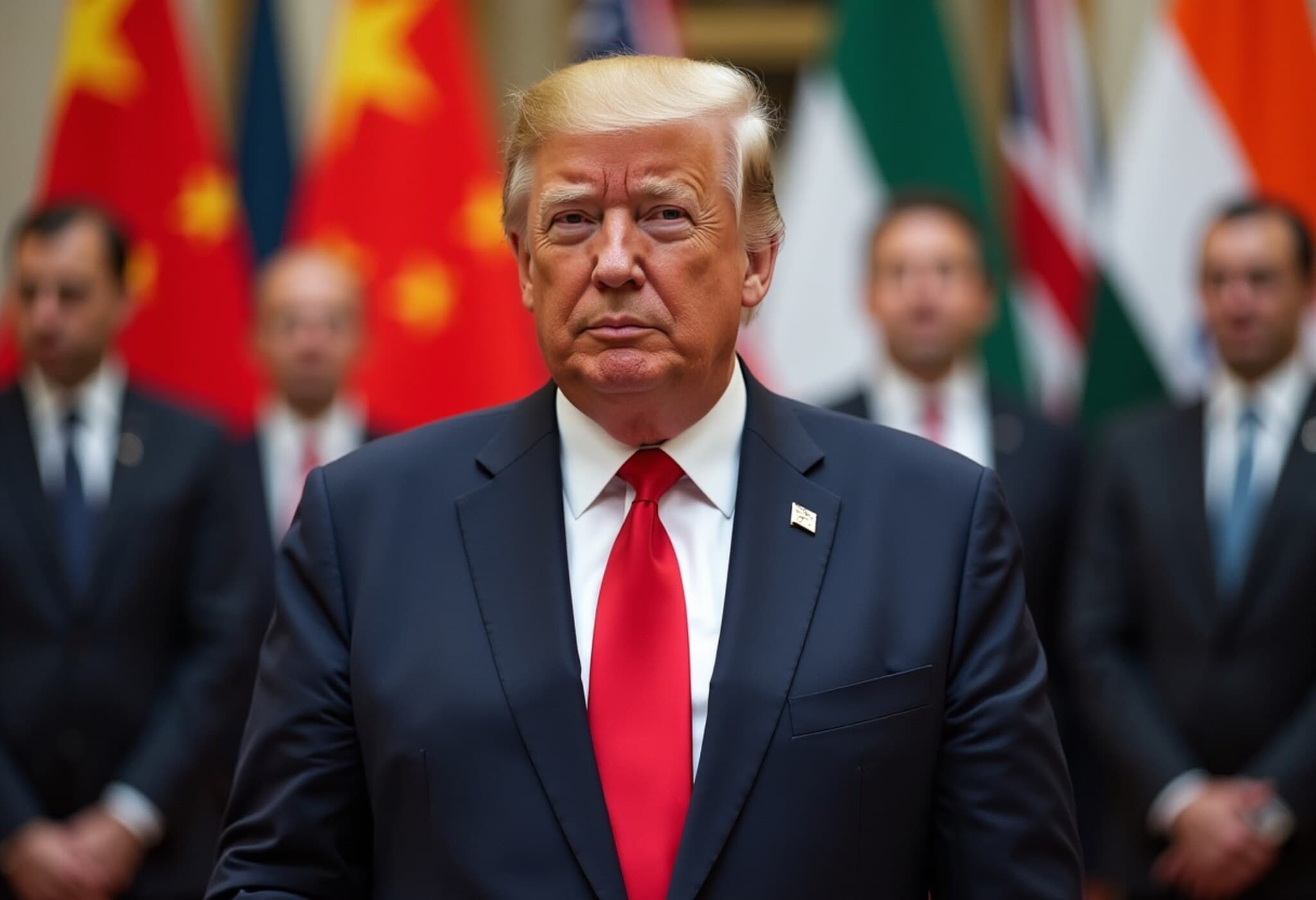US Trade Negotiations Face Critical July 9 Tariff Deadline
As the July 9 deadline for escalating US tariffs approaches, President Donald Trump's administration finds itself at a pivotal moment in its international trade policy. Although the initial promise was ambitious—to finalize 90 trade deals within 90 days—only two significant agreements have materialized so far: with the United Kingdom and Vietnam. Meanwhile, other key partners, including India, Japan, the European Union, and South Korea, remain entrenched in complex negotiations.
The Trump Tariff Strategy and Its Implications
On April 2, 2025, President Trump unveiled a sweeping "reciprocal tariffs" policy, imposing a baseline 10% tariff on almost all imported goods from US trading partners, with additional duties reaching as high as 50% on select products. This aggressive tariff regime was designed to encourage fairer trade terms and reduce the US trade deficit. However, the economic strain felt globally, partly due to ongoing financial instabilities, caused the administration to delay full enforcement of tariffs above 10% until July 9. Post-deadline, higher tariff rates will come into effect on August 1 unless new agreements emerge.
Key Players and the Status of Negotiations
India: Stalled Talks Amid Agricultural and Steel Disputes
India, long touted as a promising trade partner under Trump’s administration, finds negotiations mired in recurring deadlocks. With a 26% tariff currently levied on Indian exports to the US, New Delhi has expressed willingness to lower tariffs. However, disagreements persist over Washington’s push for India to liberalize its agriculture and dairy sectors. The stalemate signals deeper structural challenges beyond tariffs, reflecting the delicate balance between protecting domestic industries and seeking global market access.
Japan: Navigating National Interests Amid Potential 35% Tariffs
Japan remains engaged but cautious, attempting to safeguard its crucial industries. Despite ongoing discussions between Japanese tariff negotiator Ryosei Akazawa and US Commerce Secretary Howard Lutnick, no conclusive agreement has been reached. President Trump has indicated that Japan may soon receive official notification of tariff hikes reaching up to 35%, indicating the pressure Washington plans to apply.
European Union: Progress with Reservations
Negotiations with the 27-member European Union have reportedly advanced, but critical sticking points remain. The EU staunchly defends its regulatory frameworks, especially in social media and technology sectors, sectors it views as non-negotiable. While EU officials proposed a 10% universal tariff on many exports, they seek carve-outs for pharmaceuticals, alcohol, semiconductors, and commercial aircraft—sectors vital for EU economic stability.
South Korea: Seeking Extension Amid Broader Bilateral Discussions
South Korean officials have engaged in frequent dialogue, making preliminary headway yet requesting an extension beyond the July 9 deadline. With President Lee Jae Myung’s national security adviser Wi Sung-lac visiting Washington, ongoing talks will address tariffs as well as currency exchange rates and defense cost sharing. Notably, due to an existing free trade agreement, South Korea imposes almost no tariffs on US goods, highlighting the complexity of demands around currency and defense rather than trade barriers.
Expert Analysis: Unpacking the Challenges Ahead
- Economic Impact: The staggered implementation of tariffs underscores the US administration's attempt to mitigate economic shocks both domestically and internationally amid fragile global markets.
- Political Calculus: The negotiations encapsulate broader geopolitical strategies, as the US leverages trade to assert influence and recalibrate alliances.
- Sectoral Sensitivities: Agriculture, technology, and automotive sectors remain particularly contentious, reflecting vulnerabilities in global value chains.
- Long-Term Trade Relations: The durability of any deal will depend on balancing domestic protectionism with the realities of interconnected global trade.
As the clock ticks towards August 1, the coming days will be critical. Will the remaining tariff letters be dispatched? Will countries like India and Japan acquiesce or resist? And how will these decisions ripple through global markets?
Editor's Note
The US tariff deadline poses immediate economic questions and long-term strategic challenges. While Trump's administration pushes for rapid trade recalibrations, the reluctance of partners to fully embrace the terms reveals underlying complexities. For the US and its trading partners, the path forward demands not only negotiation prowess but a nuanced understanding of global economic interdependence and domestic political pressures. Readers should watch for developments post-July 9 to gauge how these tariffs will reshape international trade and diplomatic relations.

